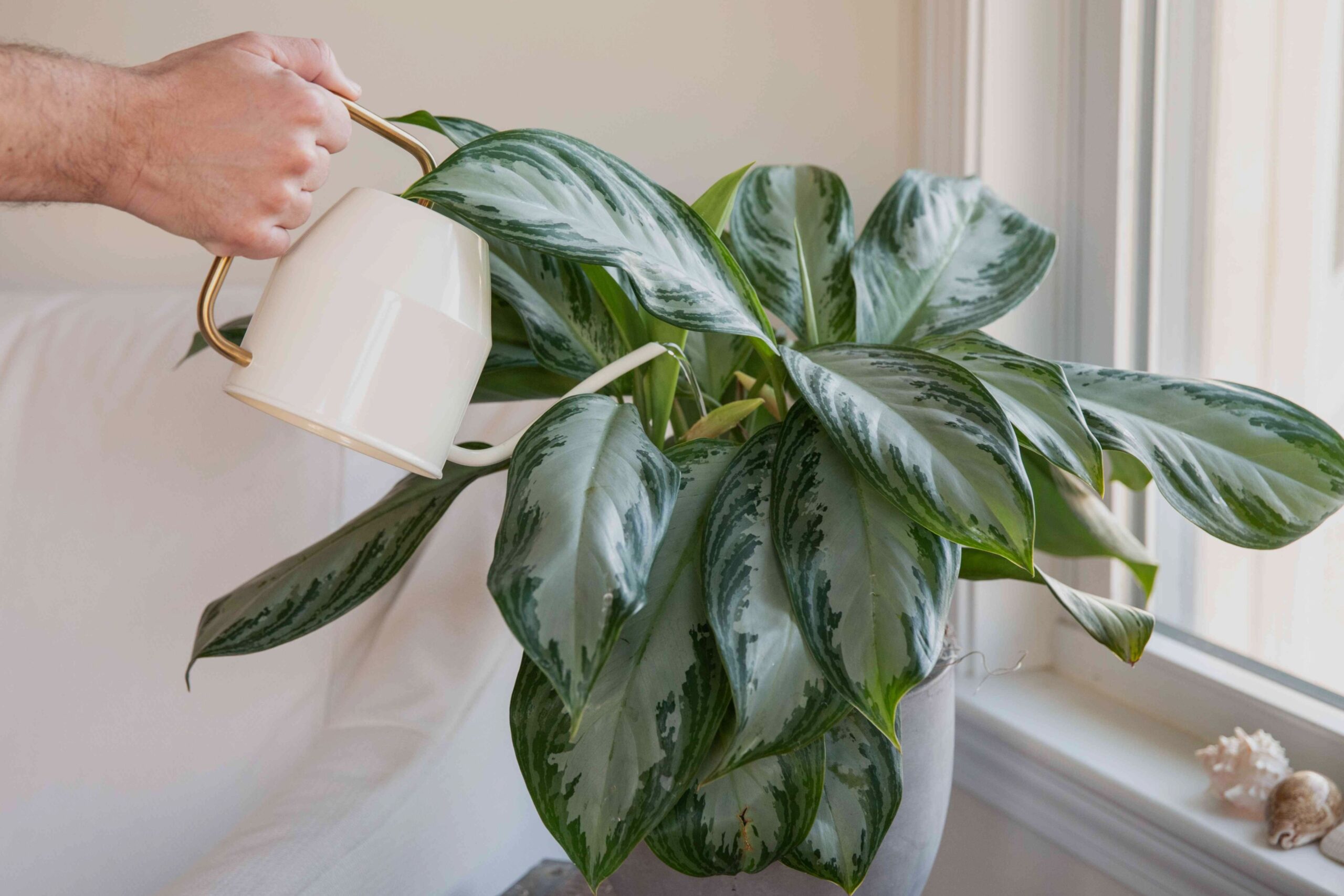As temperatures drop and daylight hours shorten, indoor plants enter a period of slowed growth or dormancy. This shift demands adjusted watering habits to prevent common winter plant care mistakes. Understanding these changes is crucial for maintaining a thriving indoor garden through the colder months.
Reduced Growth, Less Water
During winter, most houseplants significantly reduce their growth rate. This means they require less water to sustain themselves. Overwatering is a leading cause of houseplant issues, and the risk increases in winter when plants aren’t actively growing. Instead of sticking to a fixed watering schedule, focus on assessing each plant’s individual needs.
How to Check Soil Moisture
The best way to determine if a plant needs water is to check the soil moisture. Avoid watering based on a calendar; instead, rely on these indicators:
- Soil Appearance: Dry soil will appear pale and noticeably lighter in color.
- Pot Weight: A dry pot will feel significantly lighter than when the soil is moist.
- Finger Test: Insert a finger a few inches into the soil. If it feels dry, it’s time to water.
If the soil still feels moist, wait a few days and check again. It’s better to err on the side of underwatering than overwatering during winter.
Proper Drainage Is Critical
Ensuring proper drainage is essential year-round, but it’s especially important in winter. All houseplants should be potted in containers with drainage holes. Excess water must be able to escape freely.
- Cache Pots & Saucers: Empty any accumulated water from cache pots or saucers immediately after watering. Plants left sitting in excess water can develop root rot.
- Soil Composition: Well-draining potting mix is vital. Amending soil with perlite or bark chips can improve drainage.
Fertilizer: Hold Off Until Spring
Most indoor plant enthusiasts fertilize during the growing season to boost growth. However, as plants enter dormancy in the fall, they no longer require supplemental nutrients.
- Stop Fertilizing: Cease all fertilizer applications in the fall. Plants cannot effectively absorb nutrients when growth is slowed.
- Resume in Spring: Wait until new growth appears in late winter or early spring before resuming your fertilizer routine.
Additional Winter Care Tips
Beyond watering, consider these factors for optimal winter plant health:
- Humidity: Indoor air becomes drier in winter due to heating systems. Increase humidity by misting plants regularly or using a humidifier.
- Light: Plants require less light during winter. Adjust their positioning to avoid excessive exposure, which can stress them.
- Temperature: Protect plants from drafts and sudden temperature fluctuations. Maintain a consistent, moderate temperature.
By adapting your watering habits and providing appropriate care, you can ensure your houseplants thrive throughout the winter months and emerge healthy and vibrant in the spring
